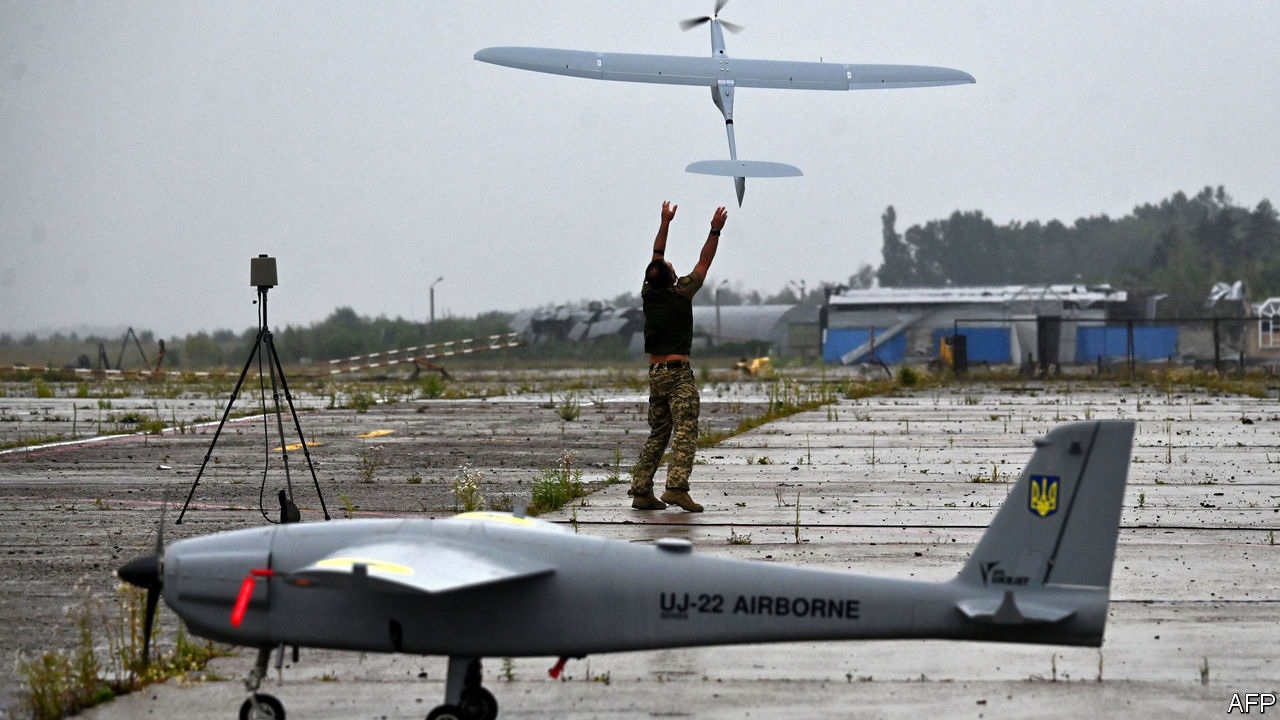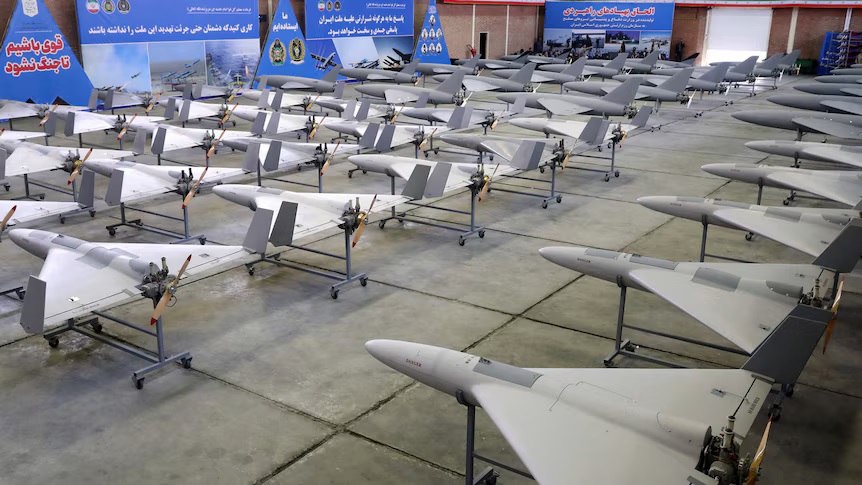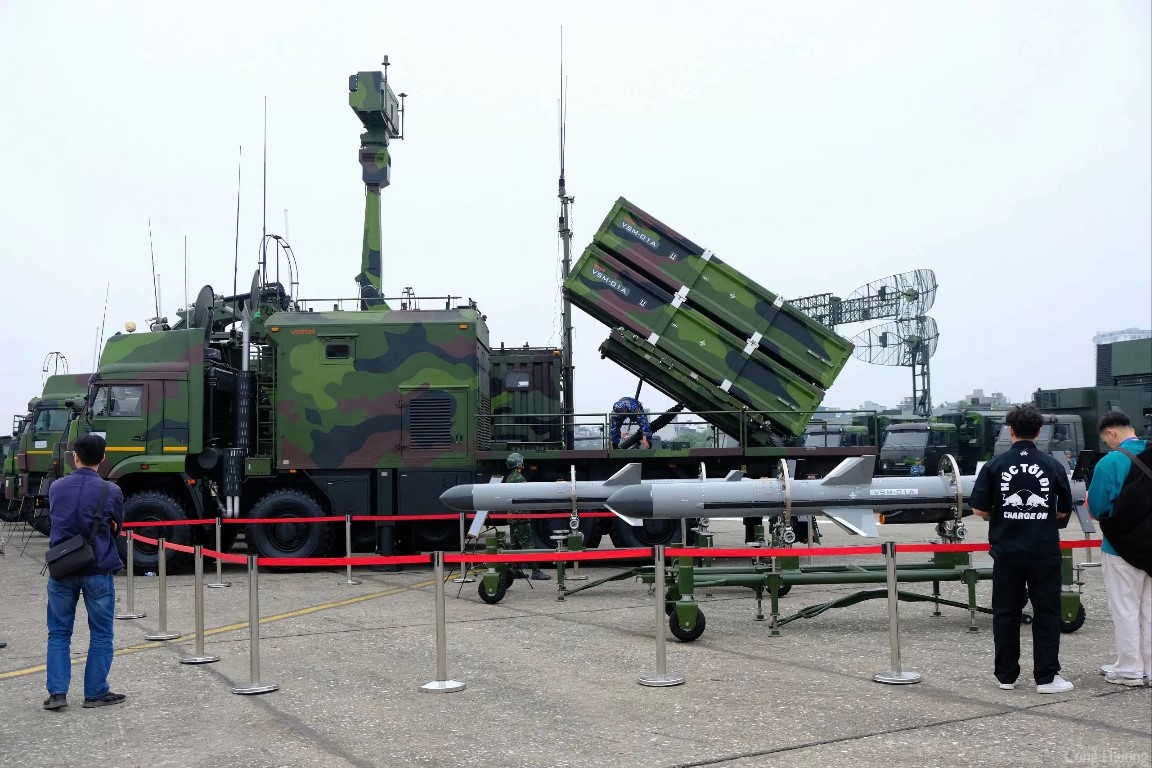Ukrainian and Russian Racing to Build Jam-Proof Attack Drones

Defense News ,Ukraine ,Russia :- In a race to create unstoppable attack drones, developers from Ukraine and Russia are working hard. These drones are special because they can fly and attack even when their signals are jammed.
Recently, Serhii Sternenko, a lawyer and activist from Ukraine, shared a video. In the video, a drone made by the Ukrainian Armed Forces' 60th and 63rd mechanized brigades targets and strikes a Russian tank.
Sternenko explained that this strike happened despite the enemy trying to block the drone's signals using electronic warfare systems.
How These Drones Work
Ordinary drones rely on signals from their operators to navigate. But radio jammers can block these signals, making the drones useless.
However, these new drones use something called "machine vision." This means they can see and track their targets all on their own, without needing signals from an operator. This makes them immune to jamming.
According to Forbes, Sternenko said, "They neutralize the work of the enemy’s EW [Electronic Warfare] in most cases and allow you to hit the enemy even more effectively."
Ukraine's Ambitious Plans
Sternenko is urging people to support the development of this technology. His goal is to gather 50 million hryvnia (which is about $1.28 million) to build over 1,300 drones. These drones will include both quadcopters and fixed-wing models.
More Independent Drones
In previous battles, Ukraine used drones that could operate independently. For example, the Saker Scout drones were reportedly used to attack Russian targets in 2023. These drones can identify different types of Russian military targets and resist radio jamming. They can fly up to 12 kilometers and carry munitions weighing up to 3 kilograms.
Another group in Ukraine, AirUnit, was working on a First Person View (FPV) drone. This drone has a self-guided system. However, unlike the fully automatic Saker drone, the AirUnit drone needs a human to identify and highlight targets before it can attack.
Similar Efforts in Russia
Russia is also busy developing its own advanced drones. One example is the homing version of the Ovod ("Gadfly") drone. Additionally, a company called ZALA, which is a subsidiary of Kalashnikov, plans to improve its automatic guidance system. This system was initially made for its long-range Lancet FPV drone, but it was withdrawn due to some issues.
According to Forbes, Russian drone expert Samuel Bendett said, "Both sides are heavily investing in this capability and are trying to gain first mover advantage."
The competition between Ukrainian and Russian developers to create advanced attack drones is intense. These drones are not just machines; they represent a new era of warfare, where machines can operate independently even in the face of electronic interference.


